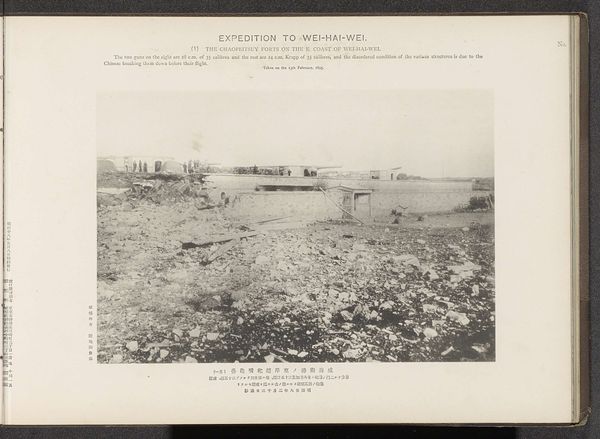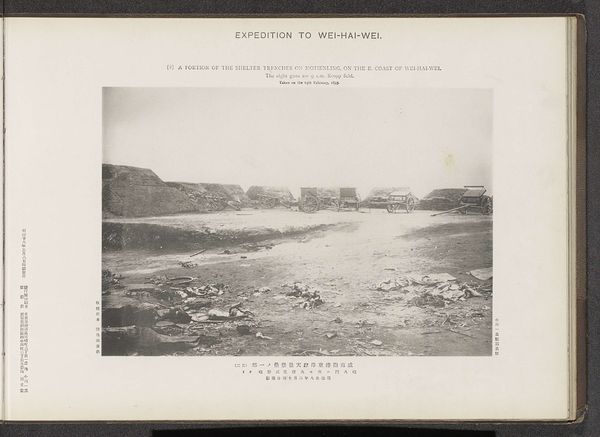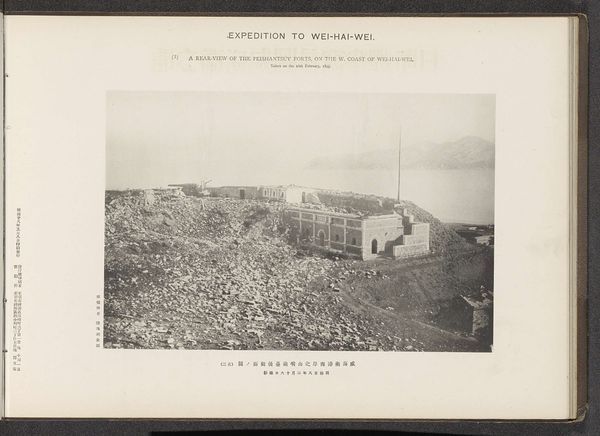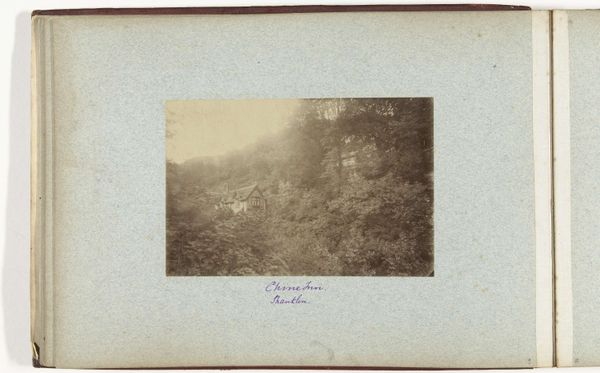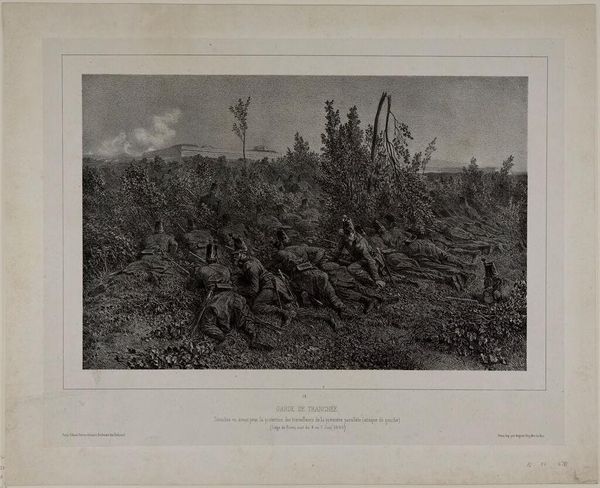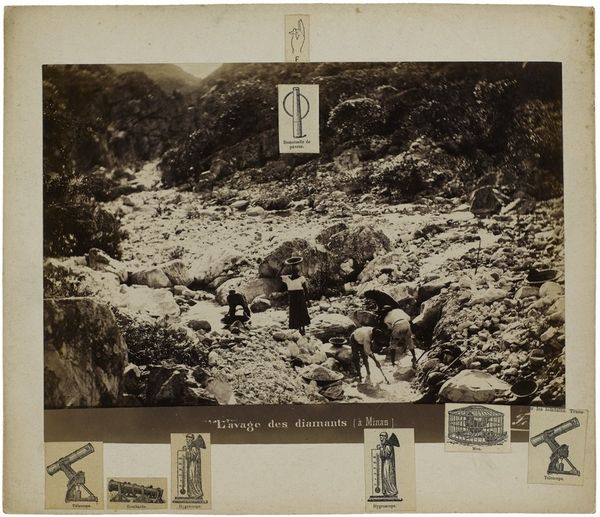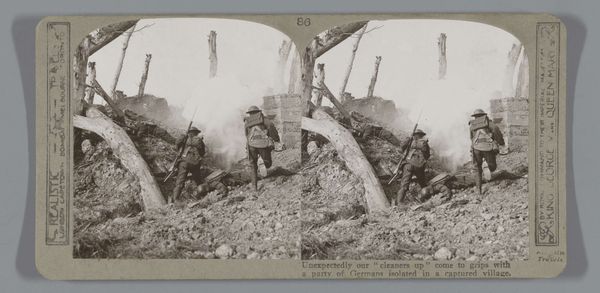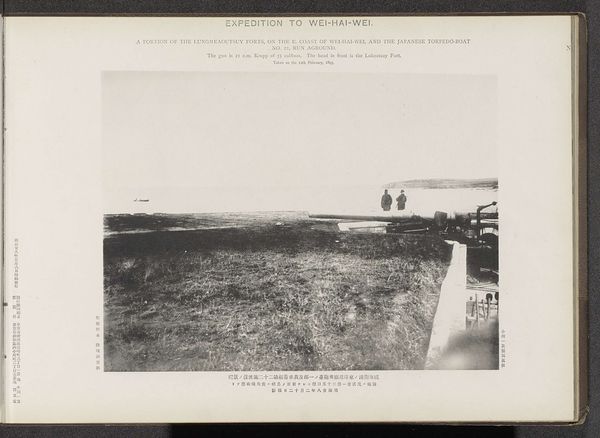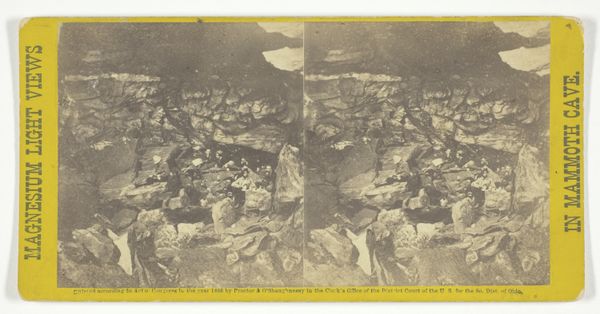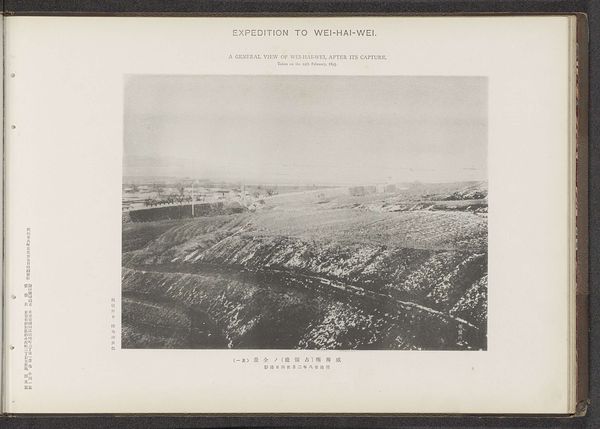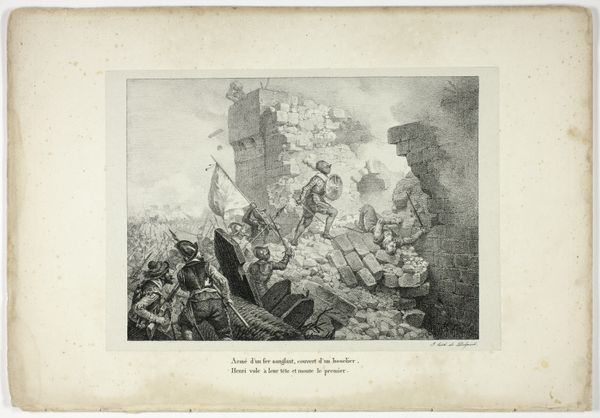
The Chinese dead on a road N. of the Lungmeaoutsuy forts, on the E. Coast of Wei-Hai-Wei Possibly 1895
0:00
0:00
print, photography, gelatin-silver-print
#
photorealism
# print
#
landscape
#
photography
#
gelatin-silver-print
#
history-painting
Dimensions: height 211 mm, width 285 mm
Copyright: Rijks Museum: Open Domain
Captured by the Ordnance Survey Office, this photograph documents the aftermath of conflict, presenting a desolate scene near the forts of Wei-Hai-Wei. At the forefront, the fallen bodies evoke a profound sense of loss and desolation. Consider the recurring motif of the 'fallen warrior' throughout art history—from ancient Greek battle scenes to Renaissance depictions of martyrdom. The image of the fallen body serves as a potent reminder of human vulnerability, embodying the ultimate sacrifice. In the collective memory, this figure transcends cultural boundaries, reappearing across various epochs and civilizations. The pose, often characterized by limbs akimbo and a face turned towards the heavens, can be found in countless depictions of death. The psychological impact of such images is undeniable. They tap into primal fears and anxieties, stirring emotions of grief, empathy, and existential contemplation. This photograph echoes and amplifies these sentiments. As we observe the Chinese dead, we're not merely witnessing a historical event; we're confronted with an enduring symbol of mortality and the cyclical nature of conflict. The echoes of past sorrows reverberate, reminding us of the continuity of human experience across time.
Comments
No comments
Be the first to comment and join the conversation on the ultimate creative platform.

